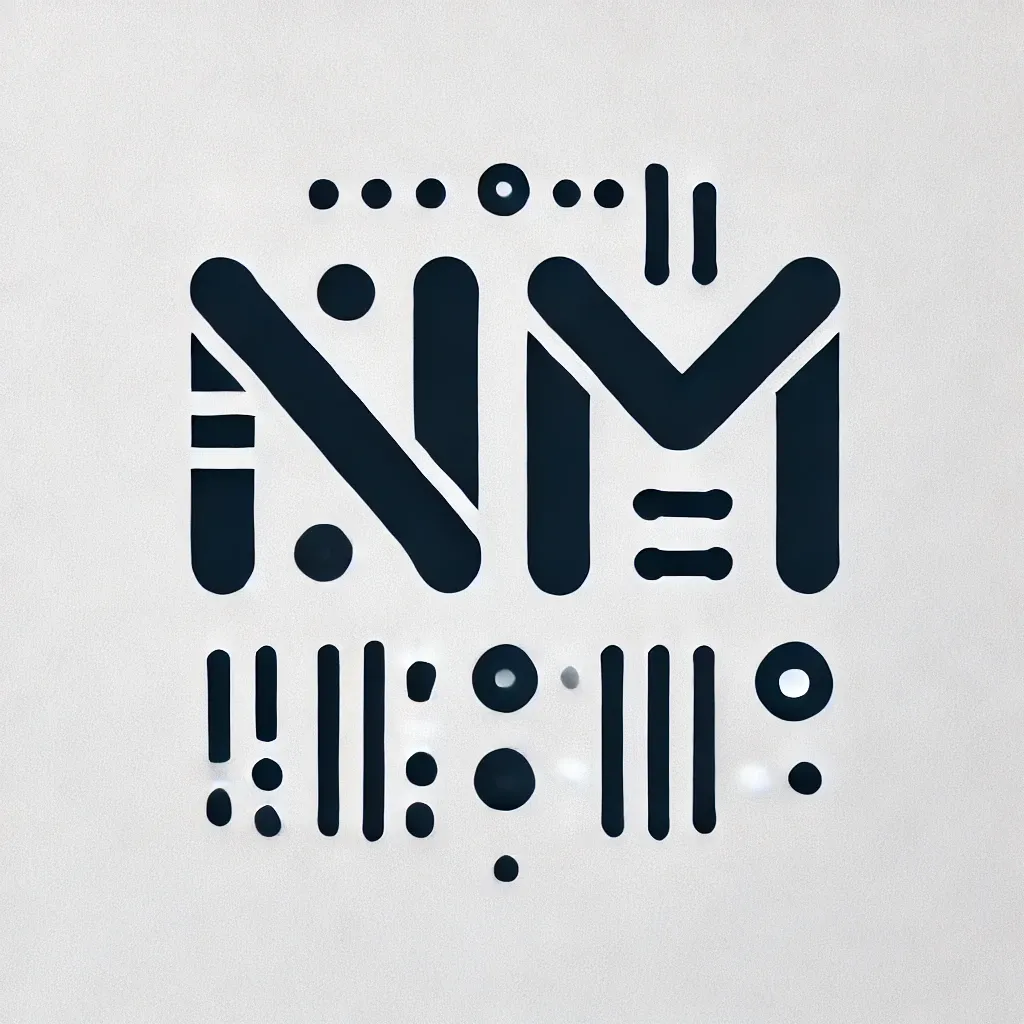Infrastructure Layer in Domain-Driven Design with Golang: Best Practices and Patterns
Learn best practices and patterns for implementing the Infrastructure Layer in a Golang application using Domain-Driven Design principles. Separate concerns, use interfaces, and leverage dependency injection.

Introduction
Domain-Driven Design (DDD) is a powerful architectural approach that focuses on building software systems based on a deep understanding of the business domain. One key aspect of DDD is the Infrastructure Layer, which is responsible for providing technical mechanisms and services that support the domain and application layers. In this blog post, we'll explore the best practices and patterns for implementing the Infrastructure Layer in a Golang application using the principles of Domain-Driven Design.
What Is the Infrastructure Layer?
The Infrastructure Layer sits between the domain layer and the external world, handling all technical concerns such as data access, external services, and messaging. It provides the necessary components and services to support the business logic and allow the domain layer to focus on representing the core concepts of the domain. The Infrastructure Layer bridges the gap between the business requirements and the technical implementation.
Best Practices for the Infrastructure Layer in Golang
1. Separate the Infrastructure Layer from the Domain Layer
To maintain a clear separation of concerns, it's important to keep the Infrastructure Layer separate from the Domain Layer. This separation ensures that changes to the infrastructure, such as database migrations or external API updates, don't impact the domain logic. In Golang, you can achieve this separation by organizing your code into different packages or modules.
2. Use Interfaces for External Services
Using interfaces is a common practice that allows you to decouple your application from specific implementations of external services. By defining interfaces for external services, you can easily switch between different implementations, such as a local test implementation or a production implementation.
type EmailService interface {
SendEmail(to string, subject string, body string) error
}
3. Utilize Dependency Injection
Dependency Injection (DI) is a technique that allows you to provide the necessary dependencies to a component from its surroundings. In the context of the Infrastructure Layer, DI can be used to inject dependencies such as database connections or external service instances into the components that need them. This increases flexibility, testability, and modularity.
type UserRepository struct {
db *sql.DB
}
func NewUserRepository(db *sql.DB) *UserRepository {
return &UserRepository{db: db}
}
4. Separate Database Access Code
It's common to use a database in the Infrastructure Layer to store and retrieve data. To keep your code organized and maintainable, it's a best practice to isolate your database access code into separate repositories. This approach makes it easier to manage database-related logic, such as querying, updating, and mapping data.
type UserRepository struct {
db *sql.DB
}
func (r *UserRepository) GetByID(id int) (*User, error) {
// Database query code goes here
}
5. Use Configuration Files
Configuration is an essential part of the Infrastructure Layer. Instead of hard-coding configuration values, it's recommended to use configuration files to store settings such as database connection strings, API keys, and external service endpoints. This allows you to easily change configurations without modifying the code.
func LoadConfig() (*Config, error) {
// Load configuration from file or other sources
}
Common Patterns for the Infrastructure Layer in Golang
1. Repository Pattern
The Repository Pattern is a popular pattern used in the Infrastructure Layer for data access and persistence. It provides a layer of abstraction between the domain layer and the database by encapsulating the details of data storage and retrieval. The Repository Pattern allows you to isolate and decouple the domain logic from the underlying data access implementation.
2. Service Pattern
The Service Pattern is another common pattern in the Infrastructure Layer that encapsulates business logic and coordinates interactions between multiple domain objects. Services handle complex operations that involve multiple entities, such as orchestrating data retrieval and manipulation. The Service Pattern helps to maintain a thin domain layer by moving complex operations into dedicated services.
3. Factory Pattern
The Factory Pattern is used to create instances of complex objects. In the Infrastructure Layer, the Factory Pattern can be used to create instances of external services, database connections, or other infrastructure components. This pattern promotes encapsulation and provides a centralized place for creating and configuring objects.
Conclusion
The Infrastructure Layer is an essential part of a Domain-Driven Design architecture in Golang. By following the best practices and patterns outlined in this blog post, you can build a modular, maintainable, and testable Infrastructure Layer that effectively supports your business domain. Implementing the Infrastructure Layer correctly will enhance the overall quality, reliability, and maintainability of your application.
Remember to keep your Infrastructure Layer separate from the Domain Layer, use interfaces for external services, utilize dependency injection, separate database access code, and use configuration files for settings. Additionally, consider implementing common patterns such as the Repository Pattern, Service Pattern, and Factory Pattern to simplify your infrastructure code and improve code organization.
By mastering the Infrastructure Layer in Domain-Driven Design, you'll have a solid foundation for building robust and scalable applications that align closely with the underlying business requirements.


